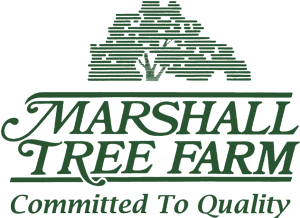Trees tolerant of wet sites
Trees tolerant of wet sites Flood Tolerance of Selected Trees Tolerant Silver mapleSweetgumPersimmonGreen ashHoneylocustOvercup oakEastern cottonwoodWater hickoryBlack willowTupelo gumBald cypress Moderately Tolerant Red mulberrySwamp chestnut oakHackberryWinged elmHawthornOsage orangeBoxelderLoblolly pineRiver birchAmerican elmSycamoreAmerican holly Intolerant American ashChinkapin oakMockernut hickoryShagbark hickoryBlack locustSassafrasSourwoodSouthern red oakAmerican basswoodBlackjack oakBlack cherryShortleaf pineVirginia pineEastern red cedarEastern redbudBlack walnutSwamp hickoryAmerican beechTulip poplarYellow buckeyeSugar maplePost […]
Trees tolerant of wet sites Read More »
